Durian fruit, the exotic and polarizing tropical fruit, has captivated taste buds and sparked debates across the globe. Known as the “King of Fruits,” this unique delicacy is celebrated for its distinctive flavor and aroma, while simultaneously challenging the palates of those who dare to try it.
In this article, VINUT will embark on a flavorful journey to uncover the mysteries and delights of durian, delving deep into its history, characteristics, culinary uses, and controversies surrounding it.
What is Durian?
The Durian Tree
The durian is a tropical fruit that grows primarily in Southeast Asia. It hails from the genus Durio and belongs to the family Malvaceae. The tree of this fruit is a majestic evergreen that can reach heights of up to 130 feet, producing large, spiky fruits that can weigh anywhere from 2 to 7 pounds. The outer shell of the fruit is covered in sharp thorns, giving it a fearsome appearance.
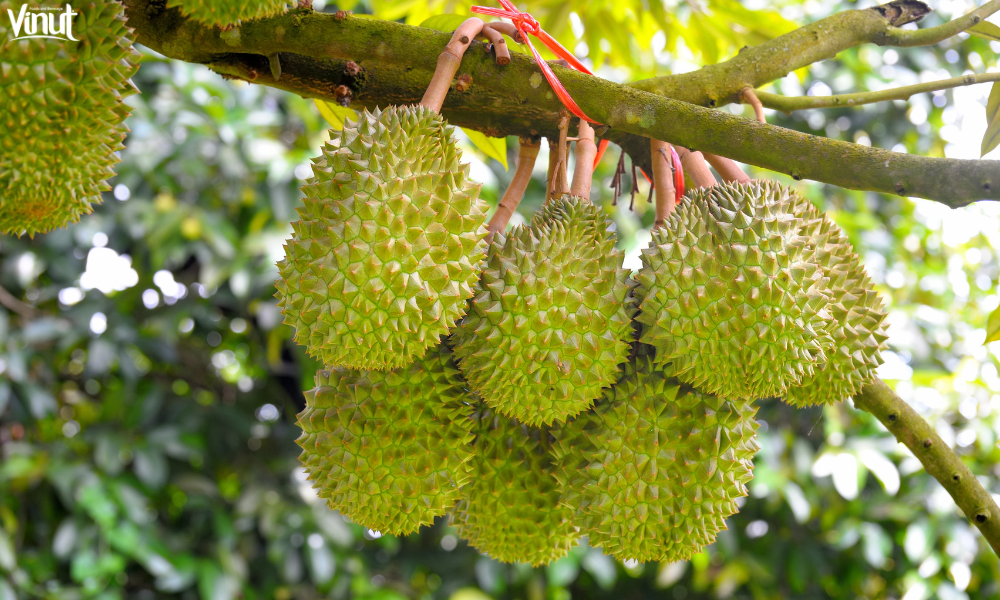
Durian Fruit Varieties
There are over 30 recognized species of durian, but only a handful are commonly cultivated and consumed. Among the most popular varieties are the Musang King, D24, Monthong, and Chanee. Each type of this fruit boasts its unique flavor profile, aroma, and texture, catering to a wide range of preferences.

The Controversial Aroma
One of the most defining features of it is its strong and distinctive odor. Some enthusiasts describe it as heavenly, with hints of almond, caramel, and vanilla, while others find it offensive, comparing it to rotten onions or gym socks. This polarizing aroma has even led to bans on consumption in public spaces in certain countries.
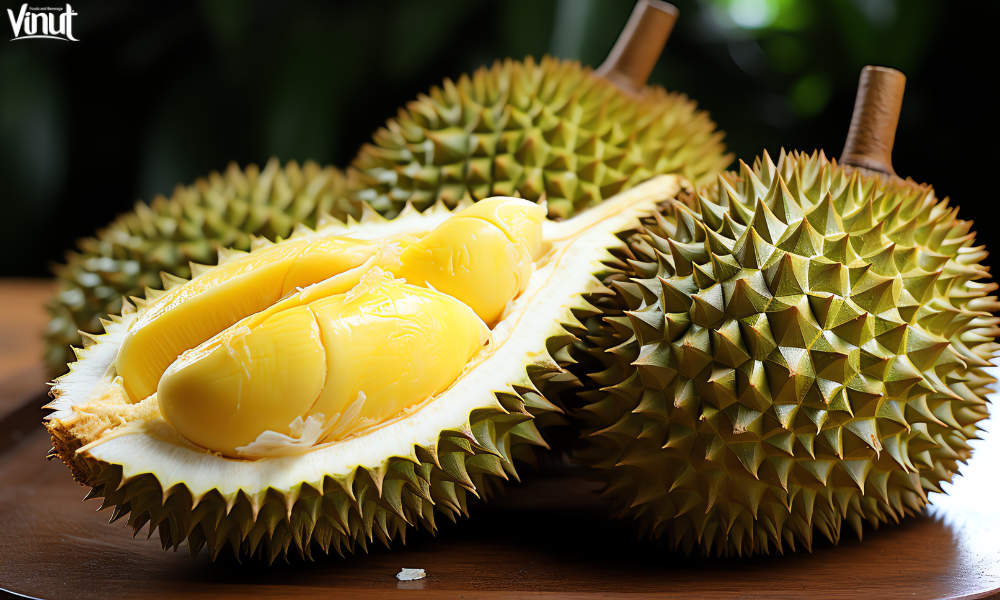
The secret behind this divisive scent lies in a combination of volatile sulfur compounds, esters, and aldehydes. While some people are drawn to its spice, others find it overpowering. Interestingly, the smell doesn’t always align with the taste, as the fruit itself is sweet and creamy, in stark contrast to its scent.
A Culinary Adventure
Despite its potent aroma, this fruit has a devoted fan base and plays a significant role in Southeast Asian cuisine. Here are some of the most popular culinary uses for this exotic fruit:
Desserts
Durian’s creamy and custard-like flesh is a favorite ingredient in various desserts, such as durian ice cream, pancakes, and pastries. Its natural sweetness adds a unique twist to classic treats.
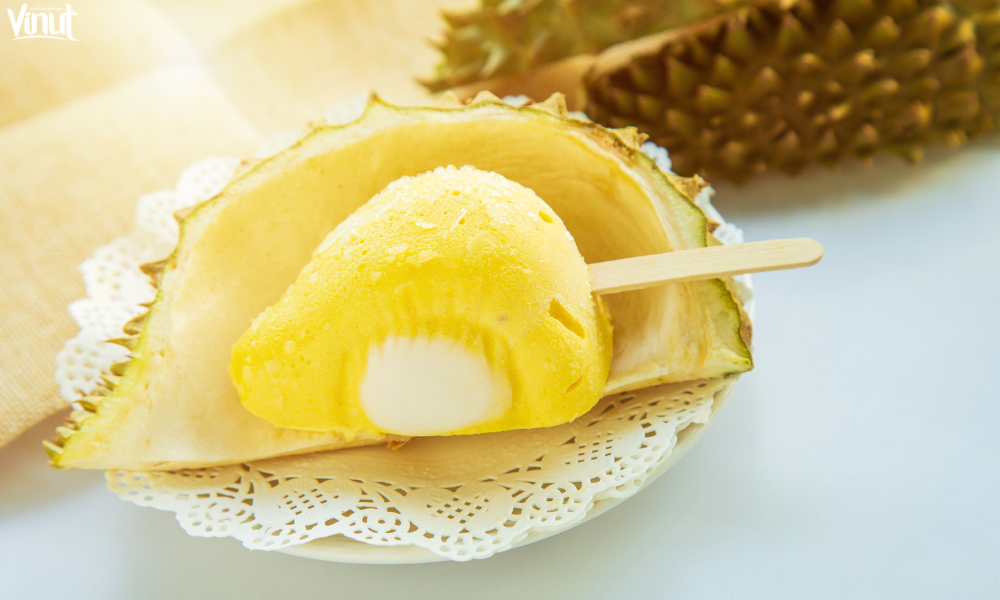
Smoothies and Shakes
Blending this fruit with ice and milk creates a delectable and refreshing drink, making it a popular choice for smoothies and shakes.
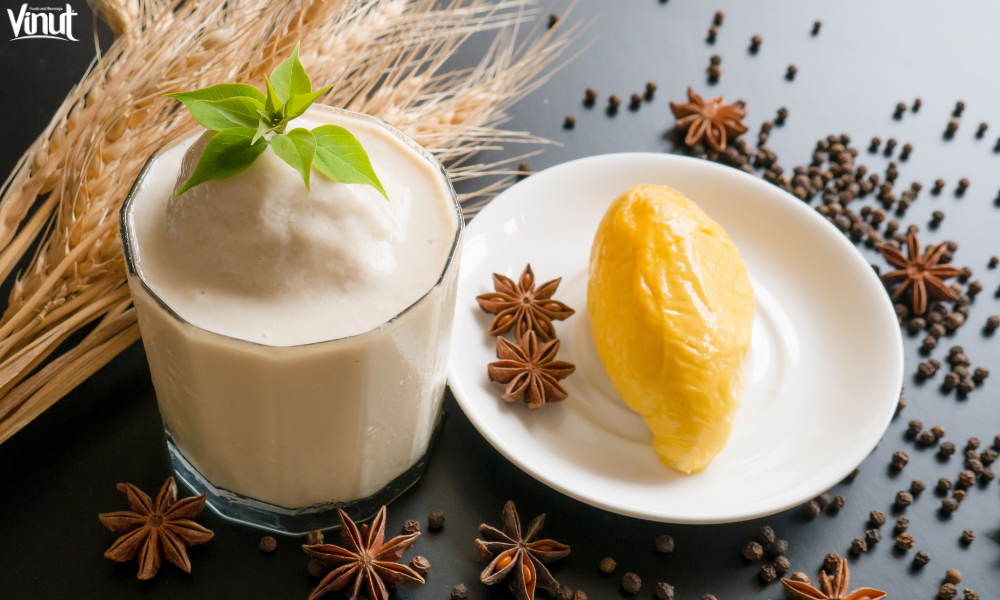
Sticky Rice
In Thailand, this fruit is often paired with sticky rice and coconut milk, creating a sweet and savory dessert that showcases the fruit’s versatility.
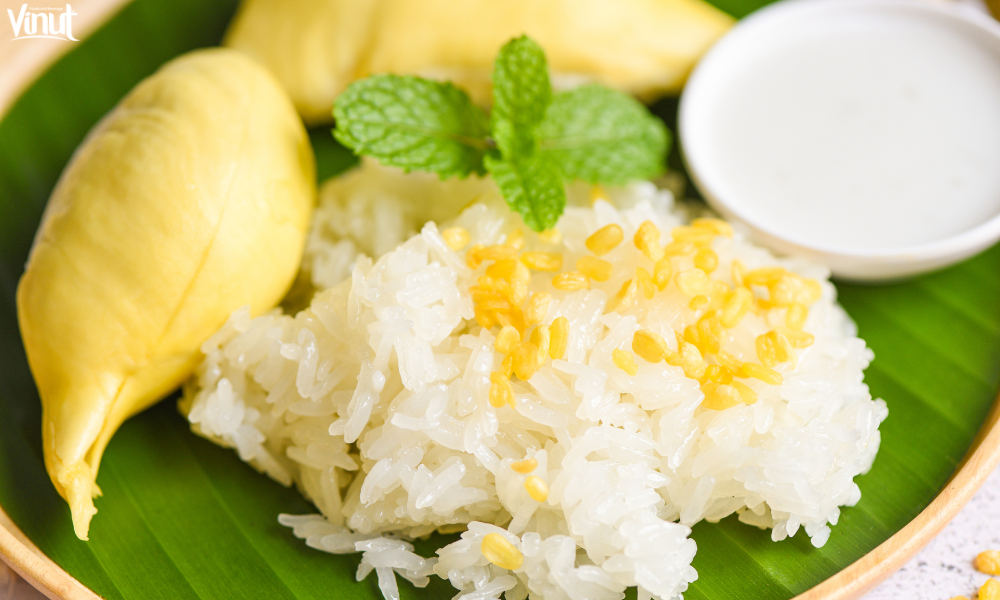
Candy and Snacks
For those who want to enjoy the flavor of durian on the go, there are durian-flavored candies, chips, and snacks available, providing a convenient and less intense way to savor the fruit.
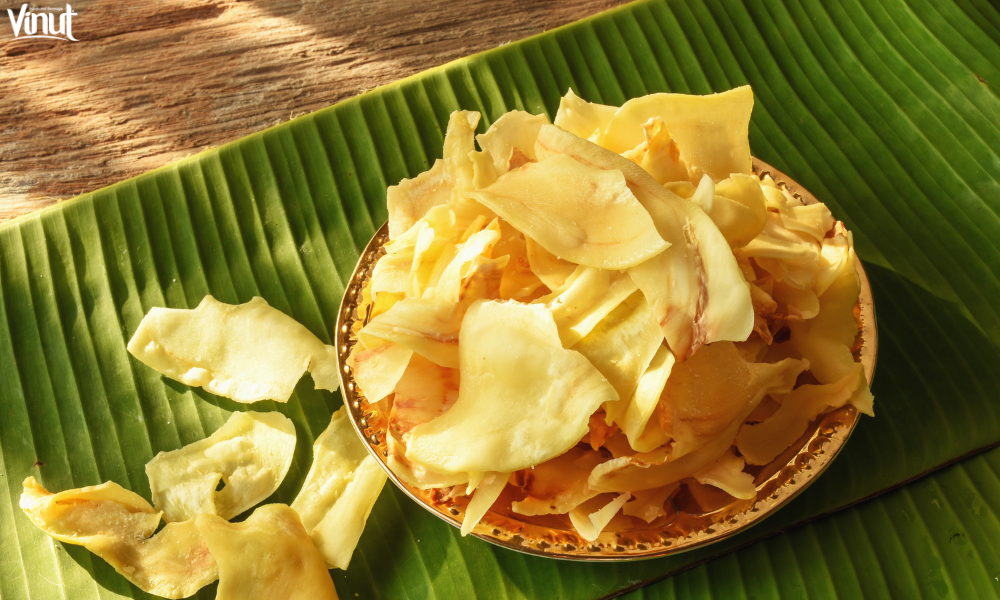
Health Benefits
Beyond its culinary uses, it also offers a range of potential health benefits. It is a rich source of vitamins, minerals, and antioxidants, including vitamin C, potassium, and dietary fiber. Some of the potential health benefits associated with durian consumption include:
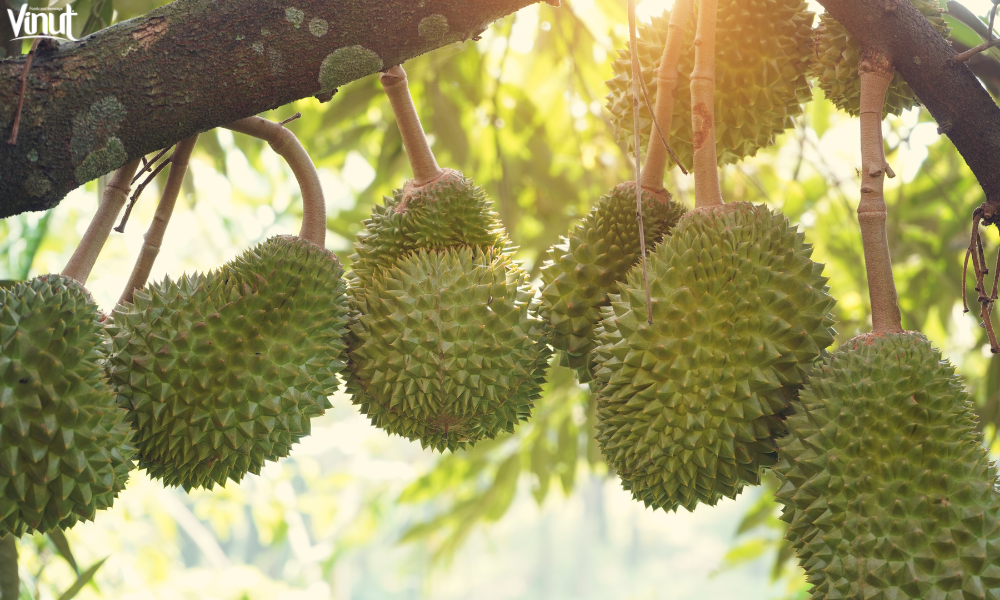
- Boosted immune system
- Improved digestion
- Enhanced skin health
- Regulation of blood pressure
- Support for bone health
Controversies and Myths
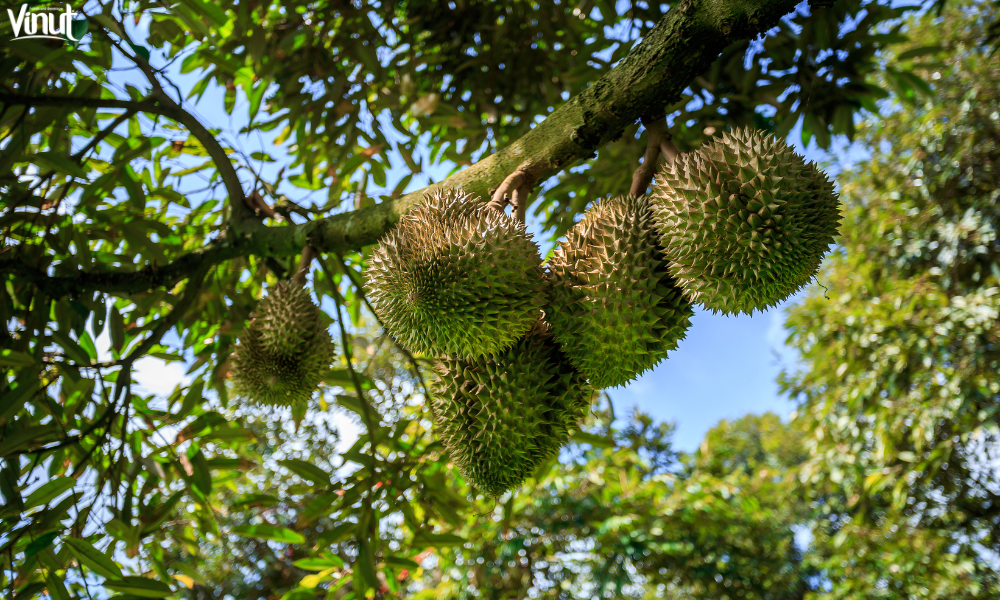
Myth 1: Durian and Alcohol are a Deadly Combination
It’s widely believed that consuming durian and alcohol together can lead to severe health risks, but this is mostly a myth. While it’s true that some people may experience discomfort or allergic reactions when combining the two, there’s no scientific evidence to support the notion that it’s fatal.
Myth 2: Banned on Public Transportation
Several countries have imposed bans on carrying durian in public transportation due to its strong odor. However, these bans are not universal, and the fruit is still widely available in local markets and restaurants.
Myth 3: Durian is an Aphrodisiac
While durian’s reputation as an aphrodisiac persists, there is no scientific evidence to support this claim. Any perceived effects in this regard are likely subjective and based on cultural beliefs rather than scientific research.
In the world of fruits, durian stands out as a true original, both revered and reviled in equal measure. Its unique flavor, powerful aroma, and rich history make it a fascinating and unforgettable culinary experience. Whether you’re an adventurous foodie looking to challenge your taste buds or someone seeking to embrace the exotic, durian is a fruit that demands to be tried at least once in a lifetime.


 Juice Concentrate
Juice Concentrate Vegetable juice
Vegetable juice Juice Milk
Juice Milk Stand Up Pouches
Stand Up Pouches









